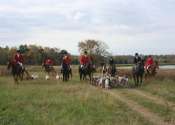Image: Hubble's cosmic search for a missing arm
This new picture of the week, taken by the NASA/ESA Hubble Space Telescope, shows the dwarf galaxy NGC 4625, located about 30 million light-years away in the constellation of Canes Venatici (The Hunting Dogs). The image, ...








